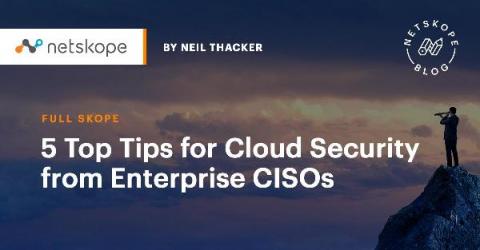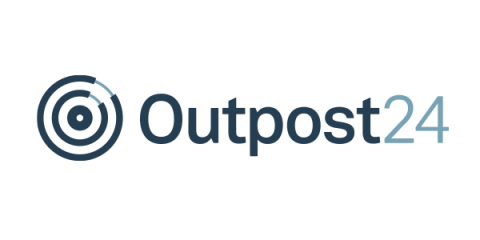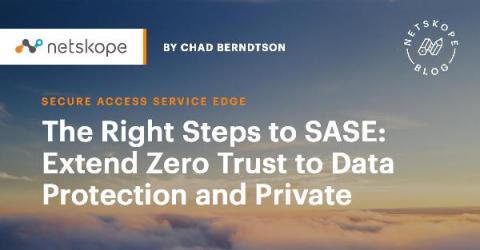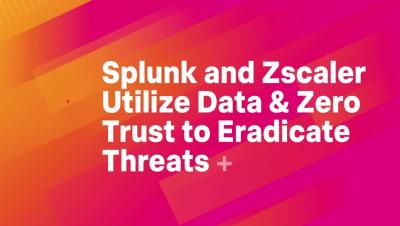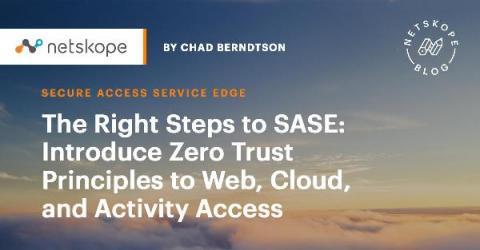Four Steps to Modernizing Government Cybersecurity with Zero Trust based on the Executive Order
The pandemic has accelerated digital transformation and telework on a scale never seen before. Employees are working from anywhere and collaboration in the cloud has skyrocketed. But this new environment has expanded the cyber attack surface, compromising critical U.S. infrastructure and lives of our citizens. The recent slew of major cyber attacks including SolarWinds, Microsoft Exchange and Colonial Pipeline, has moved cybersecurity improvements to the top of the agenda for the U.S.



